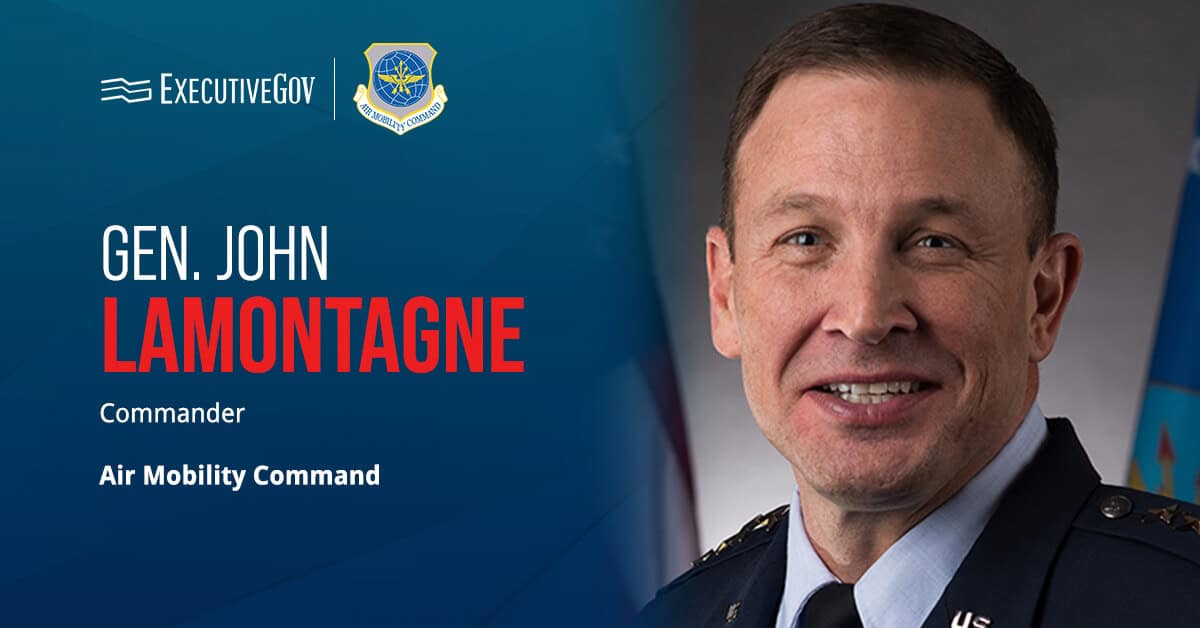
The Defense Department looks to create a set of guidelines for artificial intelligence technology development and implementation, C4ISRNET reported Thursday.
Brendan McCord, head of machine learning at Defense Innovation Unit Experimental, said DoD will seek assistance from the Defense Innovation Board and multiple stakeholders to develop AI principles for military use.
“As we move out, our focus will include ethics, humanitarian considerations, long-term and short-term AI safety,†McCord added.
He made the remarks during his presentation about the Pentagon’s newly established Joint Artificial Intelligence Center at a DIB-hosted public meeting Wednesday.





